The digital revolution of the 1980s led to a significant increase in the number of home-based businesses. In 2007, 24.4 million Americans worked either full-time or part-time from home, double the numbers recorded in 1990 (Penn 2007, Lee and Mather 2008). Furthermore, the US-based International Data Corporation estimates that nearly 2 million home-based businesses will be added by 2015 (Jaffe 2011). As result of economic shift, the future, some argue, could see the dispersal of work from traditional offices to homes.
The surge of live–work situations, which is also called ‘telecommuting’, can be attributed to the advantages that one gets from setting up such an office. Working from home offers a sense of freedom and flexible time management to the worker. It also eliminates the cost, stress and loss of time associated with commuting, leaving more time to pursue leisure activities. The question is: how can a live–work residence be designed to enhance both productivity and family life?
Integrating office and home can be a delicate task, since combining them can lead to a sense of entrapment, distractions and decreased productivity. When properly designed though, a home office can achieve the opposite, and seamlessly integrate work and family life. Factors such as noise, light, air quality and privacy must all be correctly balanced. The challenge of designing a successful live–work environment however, lies in the fact that a desirable home office has to do with programmatic requirements. An office designed for one telecommuter might be a single room, while other home offices might need to accommodate several employees and require both work areas and meeting rooms. In addition, some home businesses can operate retail outlets and so need visual and sound separation between the living and work spaces. Size is another programmatic issue. The type of work may dictate whether the office is an auxiliary structure, an entire floor or just a corner of a room.
One of the primary tools that designers use to create successful workspaces is separation. Most agree that work requires a space of its own, separate from other household activities (Senbel 1995, Dietsch 2008). Some designers have addressed this by creating a work area set apart from the primary living spaces by using passageways or staircases. If a larger office for multiple employees is needed, it is common to designate an entire level to be the office, typically the ground floor. If the homeowner wants to have a closer connection between the office and family spaces, then a split-level design can be suggested. This vertical division creates a visual separation, yet permits communication among household members in the different sections. At times, noise can become a distraction and therefore the split-level solution is only recommended in quieter situations. For smaller houses, interior dividers or partition walls that form workstations can also be used. The advantage of this approach is that these dividers can be moved around to reconfigure the work areas.
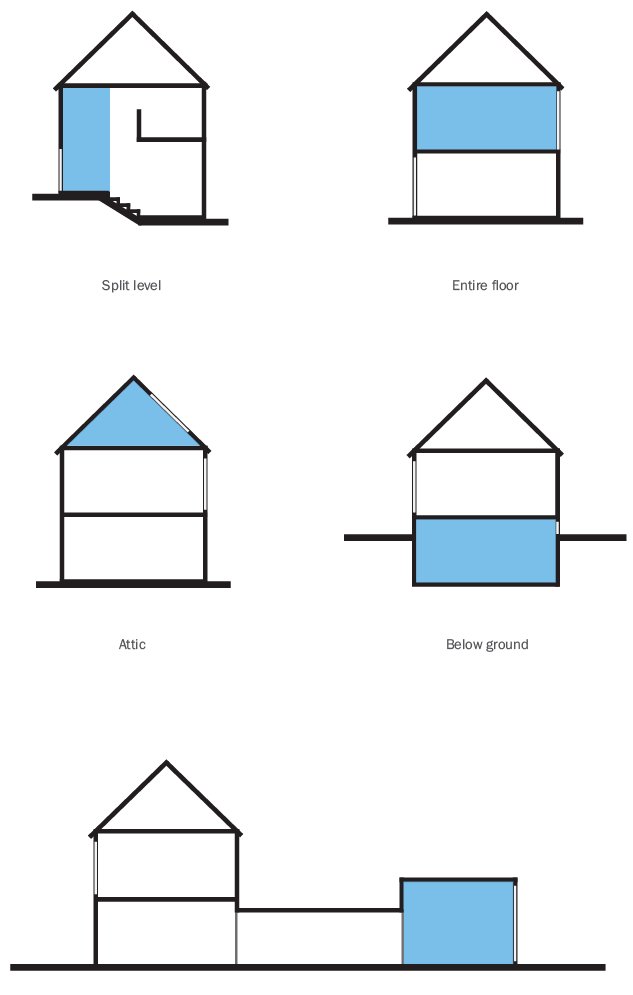
Figure 1.1:Possible locations of a home office in a dwelling.
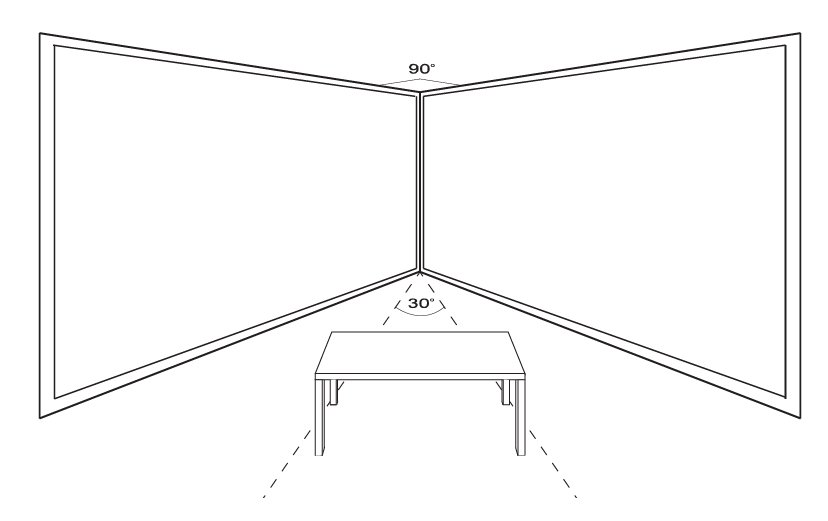
Figure 1.2The work space of a home office should be located in a glare-free area.
Beyond separating workspaces, there are other methods to improve working conditions in an office. In those with multiple workers, circulation is crucial to the cross fertilization of ideas. Recent studies have shown that an open-plan design allows for spontaneous discussions and for ideas to emerge (Becker and Steele 1995). Separating workspaces from one another in an attempt to increase efficiency may lead to the disruption of communication. Establishing distinct activity zones within the office is also a tool used by designers to create environments that encourage workers to move around. An office can be designed to feel open – which can be achieved by having two-storey spaces – and this can result in many arrangements, such as placing the office in a loft, or below the primary living spaces.
Placing offices near the facade with the most sun exposure is also important. According to studies, letting in ample natural light enhances productivity and feelings of well-being. Windows in those rooms should, however, be equipped with blinds to reduce extreme brightness and glare, and surface materials should preferably be non-reflective.
Where to locate the entrance to an office is another important decision a designer has to make. In some cases, the office may have its own independent entrance to allow maximum separation. This is usually done when the office has multiple employees or if it is a retail outlet. In other cases, the office can share an entrance with the residence. Although there is a lot of versatility in the design of entrances, most designers argue that there should only be a single entrance into a workspace for better internal circulation.
Due to ongoing economic shifts and further development in digital communication working at home is likely to become more common. All of this means that the design of live–work environments is a rapidly evolving area
•Economic shifts
•Avoid commute
•Advances in digital communication
•Flexible time management
INNOVATIONS
•Flexibility to accommodate one or several employees
•Flexibility to locate in various spots in the dwelling
•Use of demountable partitions
•Creating a separate entrance to the office
Section 1 |
1.1 LIVE-WORK RESIDENCES |
Project |
House S |
Location |
Breda, The Netherlands |
Architect |
Grosfeld van der Velde Architects |
House S, with a floor area of 288 m2 (3,100 sq ft) over two levels, is built on a sandy hill overlooking the sea in the city of Breda in the Netherlands. The box-like house offers a scenic exterior view from the upper-level living spaces. The home office is located in the basement, where the owner works and meets clients.
The Dutch firm Grosfeld van der Velde Achitecten, who designed the building, placed the living area above ground to enhance both the relationship with nature and productivity. The intention behind the design was to distinctly separate the living and work areas so that each remains undisturbed by the other.
The below-ground working area contains an office space and a meeting room. A long horizontal window provides a scenic view and lets in natural light during daytime. Employees and visitors use a direct entrance to the office, where workstations accommodate them. The meeting room is connected to the office, but it has a more intimate setting and a wall-to-wall storage area.

Sections showing the location of the basement office.

The profile of the house was lowered by setting in-ground.

Ground floor - A glass wall offers a panoramic view and lets light into the living room.

Basement - The home office has a direct entrance from above.
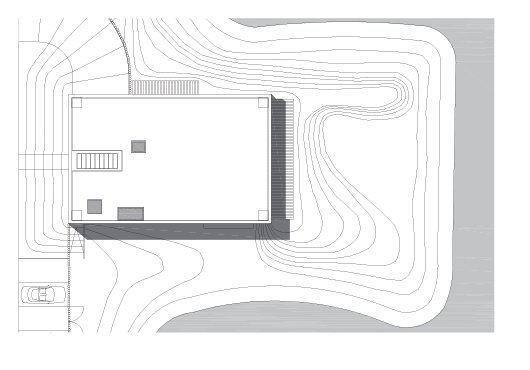
Site plan.
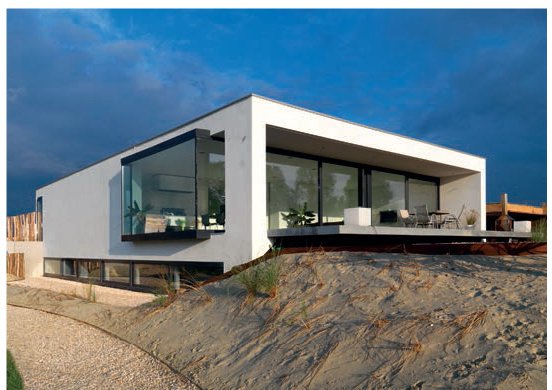
Side view showing integration of the site and the dwelling.
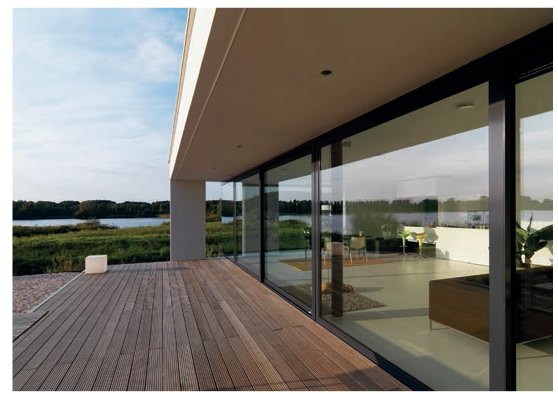
View of patio.
The house does not have one main staircase; instead, multiple stairways offer separate connections between the two floors to enhance privacy. A glass door divides the private areas from the work rooms, marking them out as distinct, separate spaces without emphasizing the visual connection and continuity of light from one space to another. These design features allow the visual integration of the private and the public realms without them actually crossing each other.
At the end of a work day, the occupants can ascend into the living spaces where the large floor-to-ceiling windows offer a panoramic view of the surroundings. With natural light and an adjacent open terrace, the architect has created a relaxed environment by exposing the occupants to views of the landscape, water and sky.

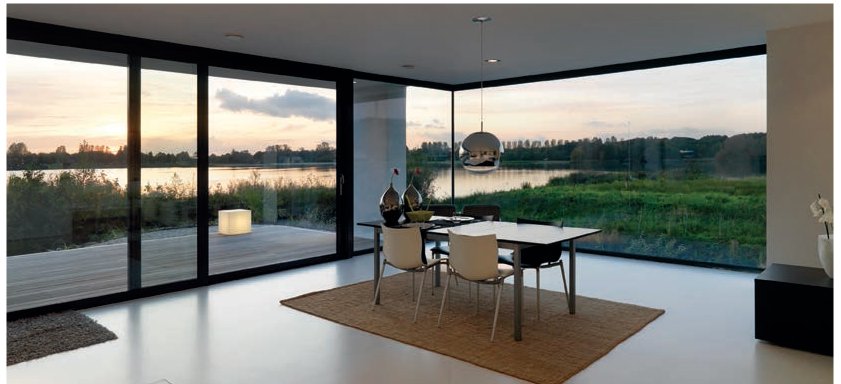
The panoramic view from the dining area.
1.2 LIVE-WORK RESIDENCES | |
Project |
Intexure Live-Work Studio |
Location |
Houston, Texas, USA |
Architect |
Intexure Architects |
Russell and Rame Hruska designed the building that houses both their architectural company and their family home. Situated on a vacant infill lot in Houston, Texas, the new building saw their firm, Intexure, move from a downtown warehouse to an urban neighbourhood. The design combines a studio on the ground floor with living space on the first floor. With the ability to substitute travel time for telecommuting and incorporate ‘green’ construction principles, they show genuine commitment to sustainable living in an automobile-dependent city like Houston.
The two-storey home, which measures 204 m2 (2,200 sq ft), is minimally decorated and uses locally purchased materials such as steel columns and wooden floor and ceiling coverings. The south-orientated studio takes advantage of natural light while also using passive solar design strategies to gain heat in the winter and avoid the summer sun. The office’s two-storey tall ceiling and wall-to-wall windows create an open space and also provide a work area for up to 12 employees. Spaces such as the second floor materials library were created as multipurpose areas: during the day, the table could accommodate a meeting overlooking the office space below, while in the evening, it could be used as a dining table for the family. The second floor kitchen offers flexibility because one can prepare a meal without interrupting activities in the working spaces.
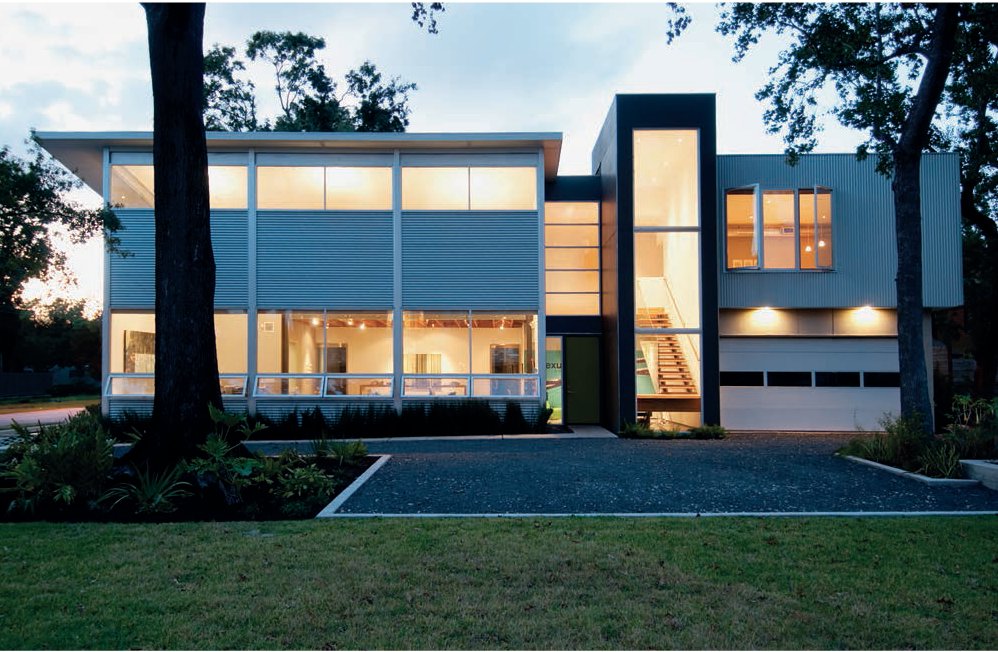
South-east facade showing the living space below and the office above.
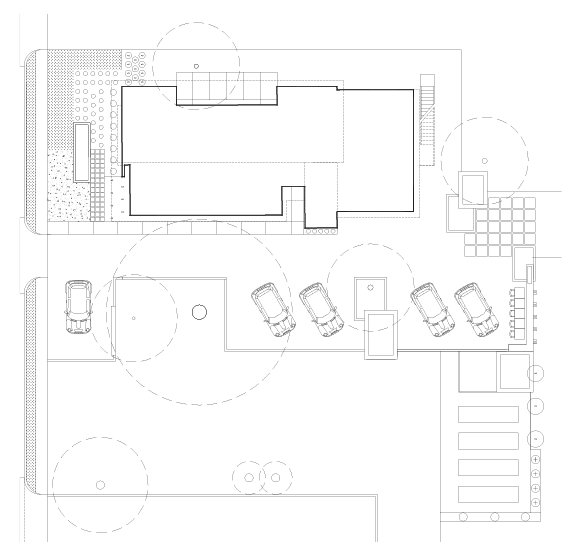
Site plan showing the main entrance.

The two-storey tall work area.
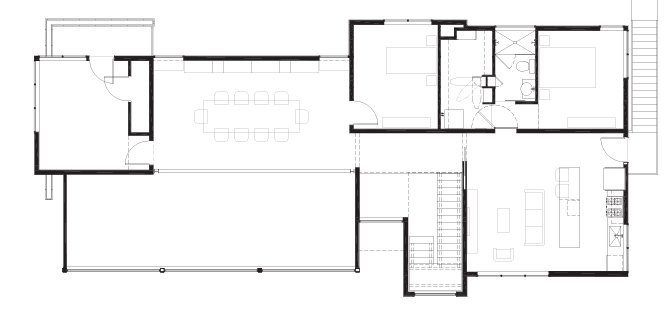
The ground floor living area where the dining room can also serve for meetings.
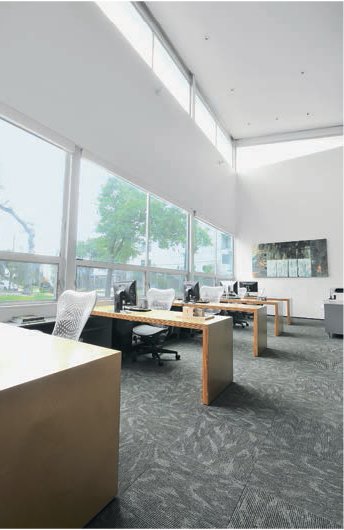
The large window area lets daylight into the work area.
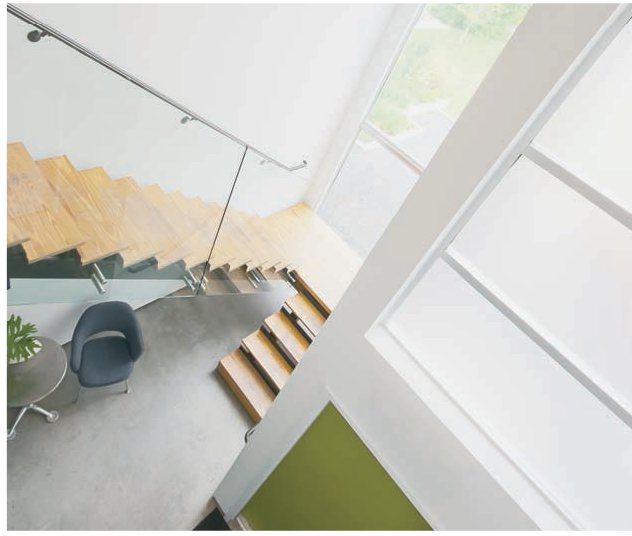
The well-positioned stairs that connect the living and work areas.
The architects incorporated several green technologies in the design. For example, the LEED-certified house includes photovoltaic panels and a rainwater-collection system. In addition, the facade is clad with recycled materials that were sourced within 805 km (500 miles) whenever possible.

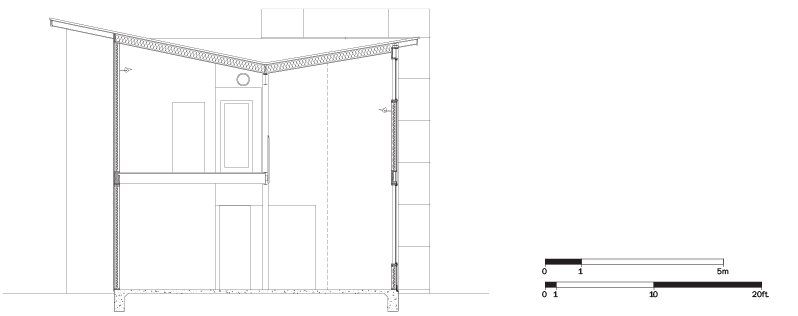
Two principal sections, showing the angled roof, which was designed for water collection.

Side view showing the well-illuminated living area.
